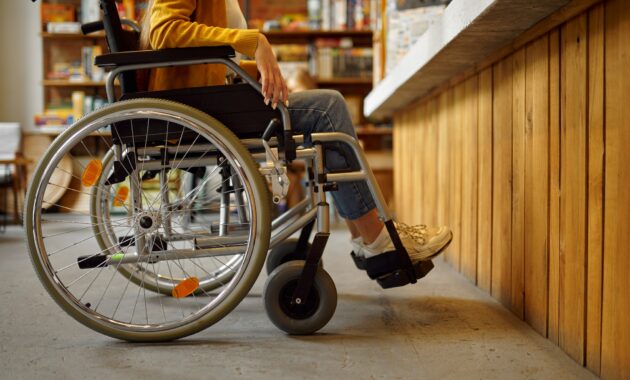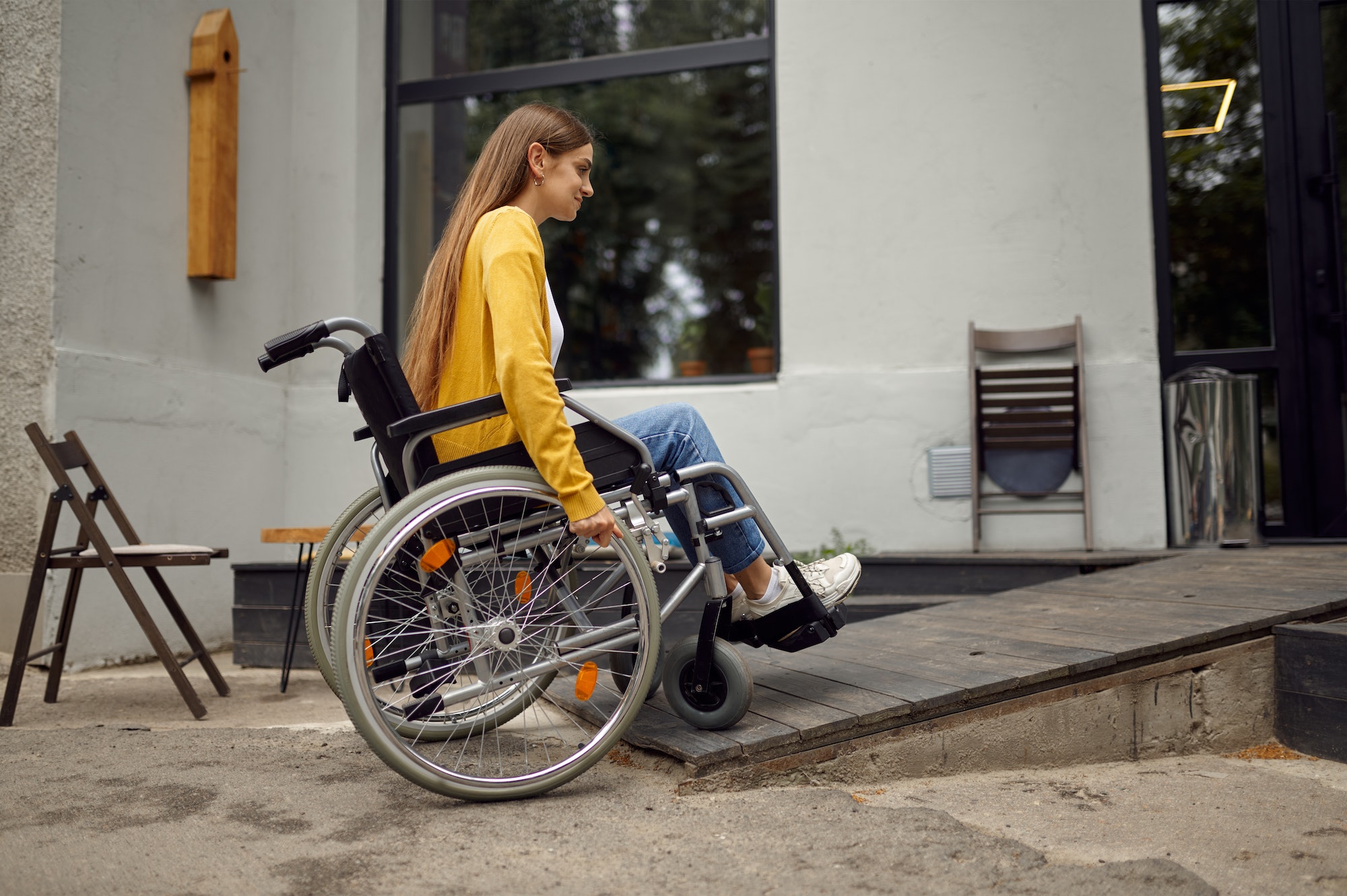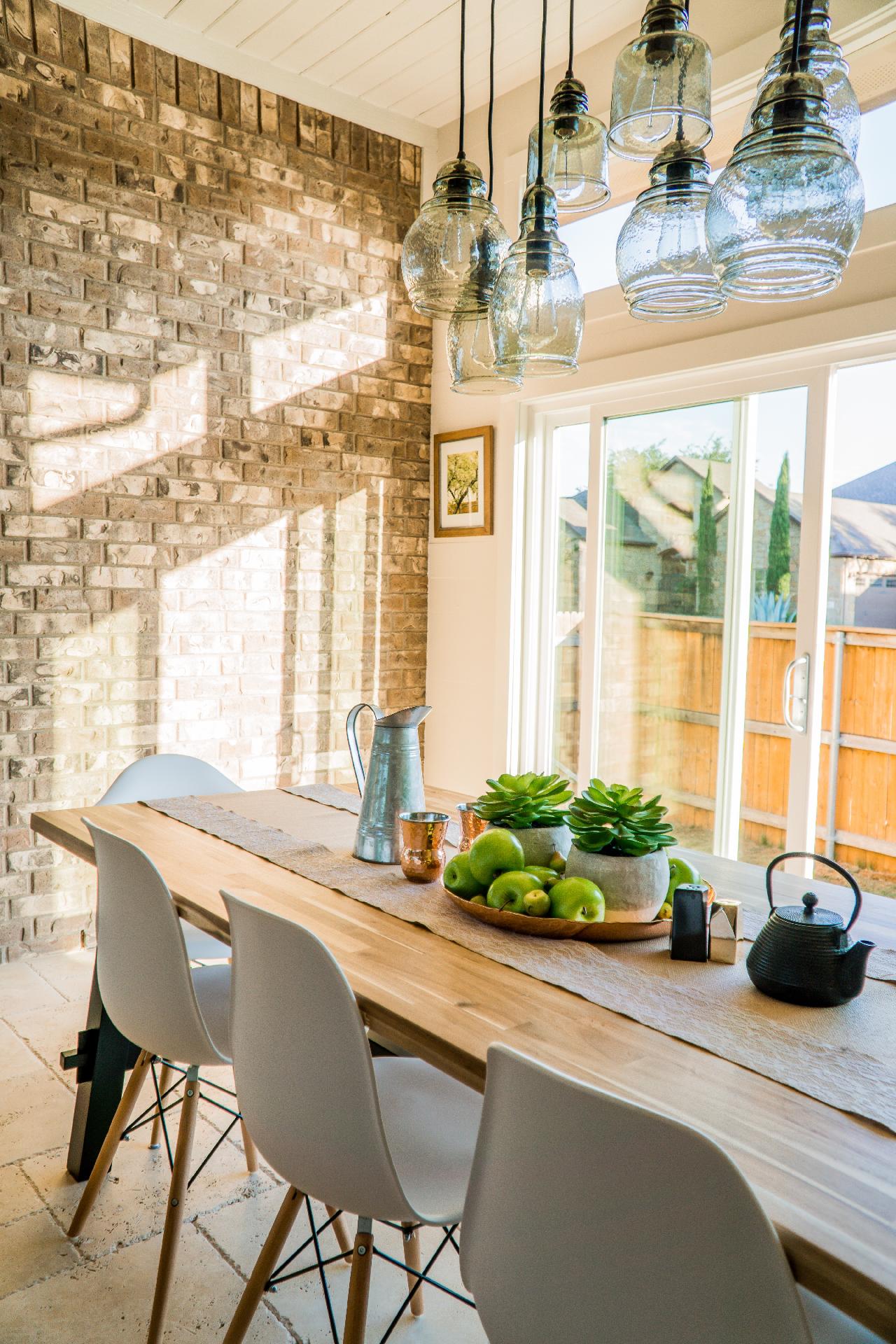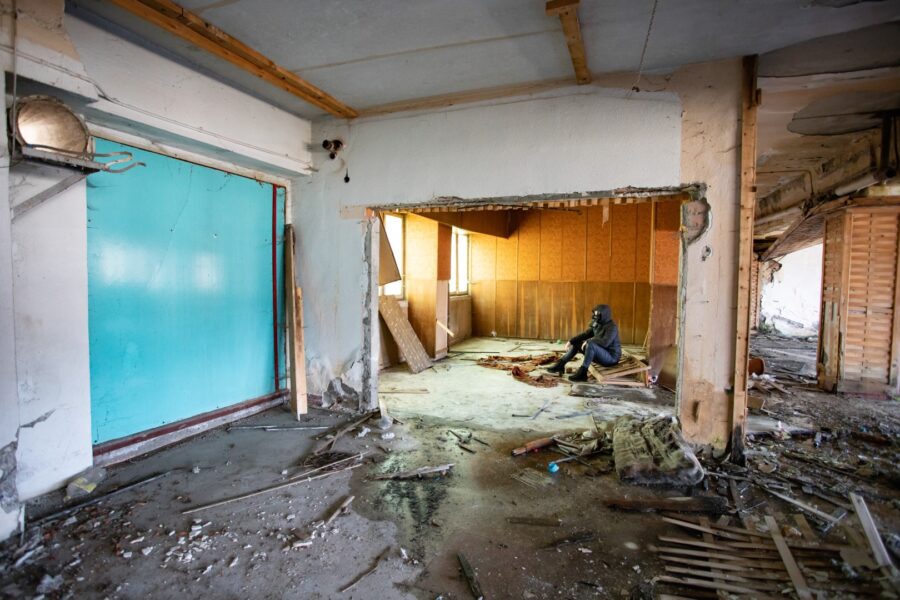Accessibility in architecture and construction refers to the design and construction of buildings, structures, and outdoor spaces that are easy to use and navigate for people with disabilities. These disabilities could be physical, sensory, or cognitive, and could be temporary or permanent. Making buildings and spaces accessible is not only a legal requirement, but it is also essential for creating an inclusive and equitable society. This blog post will discuss the importance of accessibility in architecture and construction, the benefits it brings to society, and some best practices for achieving accessibility.
Why Is Accessibility in Architecture and Construction So Crucial?
Accessibility in architecture and construction is essential because it ensures that people with disabilities can live independently, participate fully in their communities, and access essential services and facilities. Accessibility also promotes safety, comfort, and well-being for people with disabilities, and it reduces their reliance on caregivers and supports systems. When buildings and public spaces are designed and constructed without considering accessibility, people with disabilities are excluded from participating in many aspects of society. This exclusion can lead to social isolation, reduced economic opportunities, and lower quality of life.
The importance of accessibility in architecture and construction is recognized worldwide. The United Nations Convention on the Rights of Persons with Disabilities (CRPD) emphasizes the right of people with disabilities to live independently and participate fully in all aspects of society, including the built environment. The CRPD sets out a range of measures every construction company should take to ensure that buildings and public spaces are accessible to people with disabilities. Many countries have also passed legislation requiring construction companies to follow accessibility standards and regulations when designing and constructing buildings.
Benefits of Accessibility in Architecture and Construction
Accessibility in architecture and construction has numerous benefits for people with disabilities and society as a whole. Firstly, it promotes safety and independence for people with disabilities, as it enables them to move around and use facilities without assistance. This independence leads to increased self-esteem and confidence, and it reduces the need for caregivers and supports systems.
Secondly, accessibility promotes social inclusion and equity. When buildings and public spaces are designed and constructed with accessibility in mind, people with disabilities can participate in all aspects of society, including education, employment, and recreation. This inclusion creates a more diverse and equitable society, and it reduces discrimination and prejudice.
Thirdly, accessibility in architecture and construction promotes economic growth and sustainability. When buildings and public spaces are accessible, people with disabilities can participate fully in the workforce and contribute to the economy. This participation leads to increased economic growth, and it reduces the burden on social welfare systems. Additionally, accessible buildings and public spaces are more sustainable, as they can be used by a wider range of people, and they require fewer adaptations and renovations.
Best Practices for Achieving Accessibility in Architecture and Construction
Achieving accessibility in architecture and construction requires careful planning and attention to detail. Some best practices for achieving accessibility include:
Adhering to accessibility standards and regulations
Building codes and accessibility standards set out specific requirements for designing and constructing accessible buildings and public spaces. These requirements include features such as wheelchair ramps, wide doorways, accessible toilets, and tactile indicators.
Consulting with people with disabilities
People with disabilities are experts in their own experiences, and they can provide valuable insights into the design and construction of accessible buildings and public spaces. Consulting with people with disabilities can help architects and builders to identify and address potential barriers to accessibility.
Providing multiple means of access
Providing multiple means of access, such as ramps, lifts, and stairs, ensures that people with different types of disabilities can access buildings and public spaces. It is important to consider the needs of people with mobility impairments, visual impairments, hearing impairments, and cognitive impairments.
Ensuring clear and concise signage
Clear and concise signage is essential for people with visual impairments and cognitive impairments. Signage should be easy to read, with high contrast and large fonts and it should include Braille and tactile indicators where necessary. Signage should also provide clear directions and information about the location and use of facilities.
Providing adequate lighting
Adequate lighting is essential for people with visual impairments, and it also promotes safety and security. Lighting should be bright and even, with minimal glare and shadows.
Ensuring proper acoustics
Proper acoustics are essential for people with hearing impairments. Buildings and public spaces should be designed to minimize background noise and echo, and sound systems should be designed to provide clear and distinct audio.
Incorporating universal design principles
Universal design principles involve designing buildings and public spaces that are accessible to everyone, regardless of their abilities. Universal design principles can include features such as wider doorways, lever handles, and adjustable-height counters and sinks.
Providing training and education
Training and education are essential for ensuring that architects, builders, and other stakeholders understand the importance of accessibility and how to achieve it. Training should cover accessibility standards and regulations, universal design principles, and best practices for designing and constructing accessible buildings and public spaces.

Accessibility in architecture and construction is essential for creating an inclusive and equitable society. It promotes safety, independence, and well-being for people with disabilities, and it reduces their reliance on caregivers and supports systems. Accessibility also promotes social inclusion, economic growth, and sustainability, and it reduces discrimination and prejudice.
Achieving accessibility in architecture and construction requires careful planning, attention to detail, and adherence to accessibility standards and regulations. It also requires consulting with people with disabilities, providing multiple means of access, ensuring clear and concise signage, and incorporating universal design principles. By prioritizing accessibility in architecture and construction, we can create a society that is more inclusive, equitable, and sustainable for everyone.
Discover more from Futurist Architecture
Subscribe to get the latest posts sent to your email.




